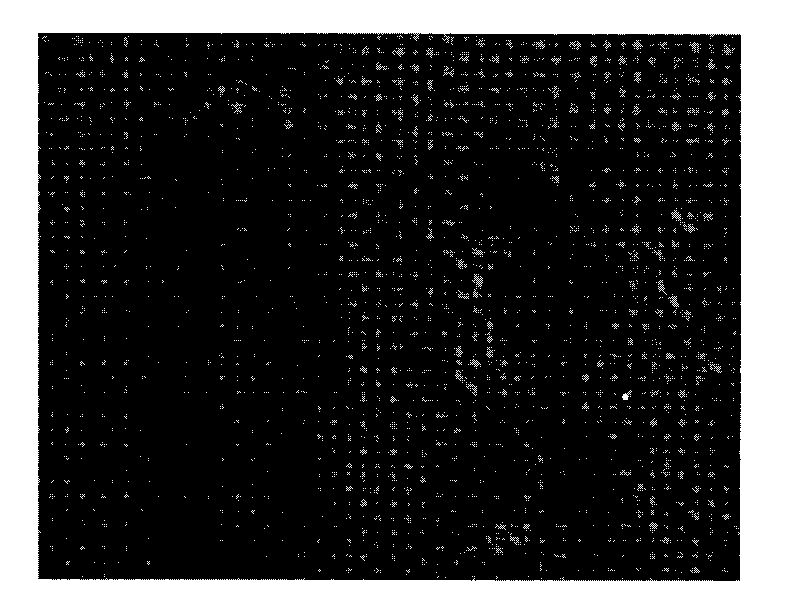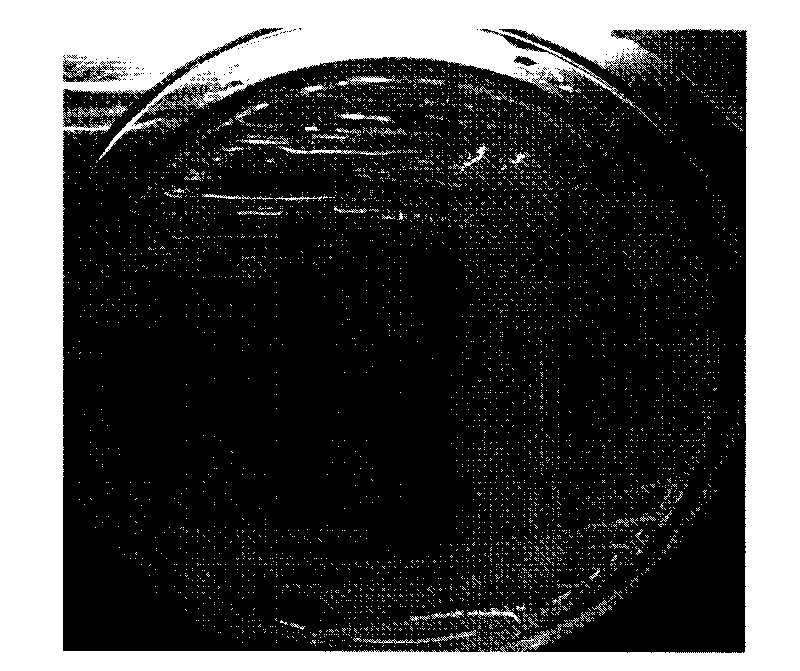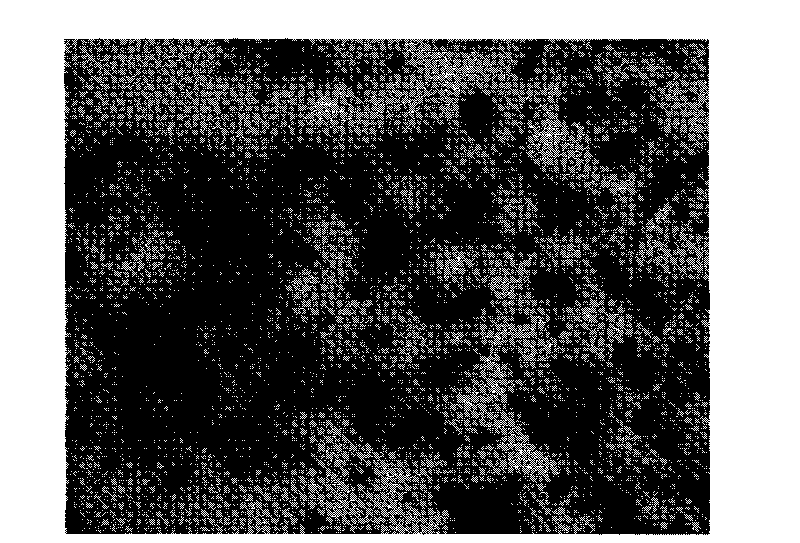Bacterial strain of root nodule nitrogen-fixing strain series RY3 and application thereof
A strain and nodule technology, applied in bacteria, organic fertilizers, microorganisms, etc., can solve the problem of not being able to achieve high-yield effects, and achieve the effect of promoting nitrogen fixation by nodules
- Summary
- Abstract
- Description
- Claims
- Application Information
AI Technical Summary
Problems solved by technology
Method used
Image
Examples
Embodiment 1
[0038] The acquisition and cultivation of embodiment 1 rhizobia RY3
[0039]On February 27, 2009, the root nodules of a plant with large nodules and lush growth were collected from the Tropical Ecological Agriculture Research Institute of Yunnan Academy of Agricultural Sciences (E101.49N25.50H1084). Put them together in a fresh-keeping bag and store them in an ice pack at low temperature. After isolation and purification, a nitrogen-fixing bacteria strain RY3 (Bradyrhizobium sp. RY3) was obtained. It was preserved in the China Center for Type Culture Collection on November 13, 2009, with the accession number It is CCTCC NO: M 209267.
[0040] (1) Take out the root system of Stylophyllum from the ice pack and rinse it 2 to 3 times under tap water to clean the root system. Use scissors to cut off the fresh, complete, dark red root nodules with 2 mm in color and place them in a petri dish with grade 2 water. The surface is rinsed clean; this process ensures the integrity of the ...
Embodiment 2
[0063] The 16S rDNA sequence sequencing of embodiment 2 Rhizobium RY3 and the determination of category
[0064] In order to determine the phylogenetic status of Rhizobium RY2, the 16SDNA series of the isolated strains were sequenced. First, use the kit from Omega to extract the total DNA (this method is not a conventional method. Extracting with a kit is an efficient and convenient method, but the cost is a bit higher compared with the conventional method), and then use the primers to perform PCR. specific amplification
[0065] Upstream primer 35fc: CTKAAGAGTTTGATCMTGGCTCAGATTGAAC;
[0066] Downstream primer 1492r: TACGGYTACCTTGTTACGACTT).
[0067] The reaction conditions are as follows:
[0068] PCR reaction
[0069] Primer: 35fc, 1492r
[0070] PCR recipe:
[0071] 10×Reaction Buffer 5.0μL
[0072] dNTPs (10mM) 1.0μL
[0073] P35fc (25Pmol) primer 0.5μL
[0074] P1492r (25Pmol) primer 0.5μL
[0075] Taq DNA polymerase (5u / μL) 1.0μL
[0076] Template DNA 1.0 μL ...
Embodiment 3
[0086] The application experiment of embodiment 3 rhizobia RY3
[0087]In order to confirm the effect of RY3 on Stylophyllum, two Stylophyllum varieties (TPRC2, TPRC5) were used, and the root nodules RY3 were reattached to the roots of Stylophyllum by sand culture method, with 4 replicates for each treatment (bacteria, sand and seedlings). For treatment, refer to the backgrain experiment procedure), and nodule inoculation was used as the control (CK) for backgrain comparison. The whole process is irrigated with low-nitrogen nutrient solution. The physiological indicators of Stylosia TPRC2 and TPRC5 after inoculation with Rhizobium RY3 are shown in Table 2 and attached Figure 8 , attached Figure 9 . attached Figure 8 And attached Figure 9 In the figure, the left column (a) is TPRC2, and the right column (b) is TPRC5. (attached Figure 8 And attached Figure 9 Other square bar graphs in the middle are existing rhizobia control results, which are not directly related to ...
PUM
 Login to View More
Login to View More Abstract
Description
Claims
Application Information
 Login to View More
Login to View More - R&D
- Intellectual Property
- Life Sciences
- Materials
- Tech Scout
- Unparalleled Data Quality
- Higher Quality Content
- 60% Fewer Hallucinations
Browse by: Latest US Patents, China's latest patents, Technical Efficacy Thesaurus, Application Domain, Technology Topic, Popular Technical Reports.
© 2025 PatSnap. All rights reserved.Legal|Privacy policy|Modern Slavery Act Transparency Statement|Sitemap|About US| Contact US: help@patsnap.com



